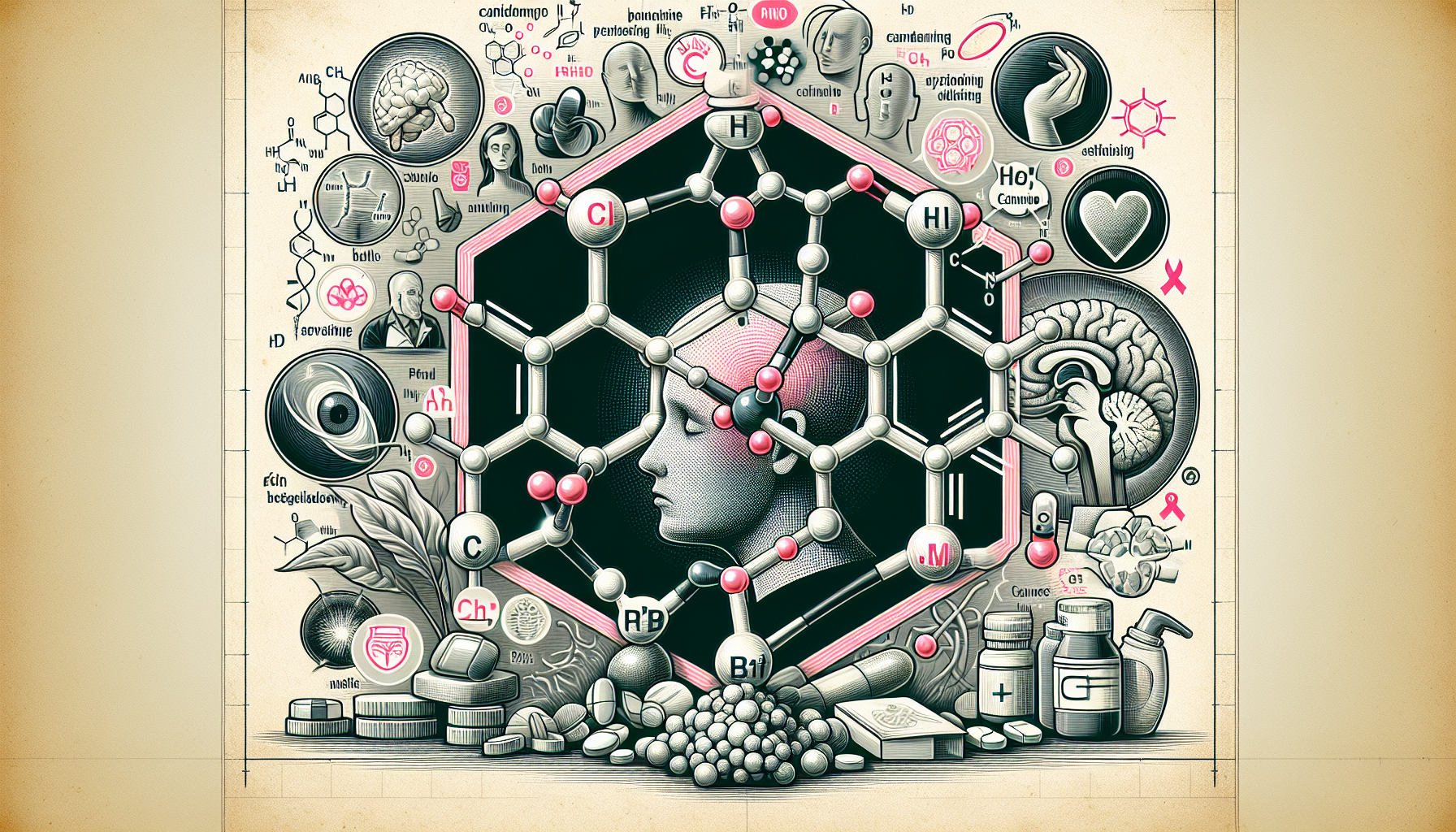Understanding Spasmodic Dysphonia: Insights into the Neurological Disorder Affecting Voices
Key Takeaways
- Spasmodic Dysphonia is a rare neurological condition characterized by involuntary muscle contractions in the larynx, causing a strained, jerky, or hoarse voice.
- The exact causes of the disorder are unknown but may involve abnormal functioning in the brain's basal ganglia, often manifesting in mid-adult life and predominantly affecting women.
- While there is no cure, treatments such as Botox injections and voice therapy can significantly improve symptoms and enhance quality of life.
Did You Know?
Introduction to Spasmodic Dysphonia
Spasmodic Dysphonia (SD), also known as laryngeal dystonia, is a rare neurological condition that primarily affects the voice. Characterized by involuntary muscle contractions in the larynx, it can cause a person's voice to sound strained, break unexpectedly, or become hoarse. Individuals with this disorder often experience a staccato or jerky speech pattern due to difficulties in controlling vocal emissions.
Symptoms and Diagnosis
Typically, SD manifests in a way that patients describe speaking as tight and effortful. The condition can present in different forms, with Adductor Spasmodic Dysphonia being the most common. In this type, the voice breaks when vocal cords snap shut and vibrate against each other. Conversely, in Abductor Spasmodic Dysphonia, gaps appear in speech where voiceless sounds occur. Misdiagnosis is common, with many initially diagnosed with conditions like vocal tremor.
Understanding the Causes
The exact causes of spasmodic dysphonia remain unknown, but it may involve abnormal functioning within the brain's basal ganglia, which are responsible for coordinating muscle movements. Although the disorder is generally idiopathic, meaning it arises spontaneously, it has been known to occur post-surgery or following trauma.
Demographics Affected
Spasmodic dysphonia tends to develop during mid-adult life, often between the ages of 30 and 50, and is more frequently diagnosed in women. Although it can occur in any individual, those diagnosed in their adulthood, such as political figures or public speakers, may find it particularly challenging as it affects their ability to communicate effectively.
Treatment Options
There is currently no cure for spasmodic dysphonia, but several treatments exist to help manage symptoms. Botox injections are considered the gold standard, helping to alleviate the strain by temporarily relaxing the vocal cords. Depending on the type of SD, these injections target different muscles. Additionally, voice therapy and sessions with a speech pathologist can assist in improving vocal control.
Advancements in Therapy
Recent studies have explored alternative treatments such as sodium oxybate, commonly used for narcolepsy but found effective in some SD cases, particularly where symptoms improve with alcohol consumption. Surgical options are also available, including innovative procedures abroad and nerve-related surgeries in the U.S. that aim to provide long-term relief.
Impact on Quality of Life
While not life-threatening, spasmodic dysphonia can significantly impact an individual's social interactions and mental health. Treatment can greatly enhance quality of life, reducing the isolation that comes with having a voice disorder. Medical specialists emphasize the importance of seeking expert consultation to accurately diagnose and manage the condition effectively.






